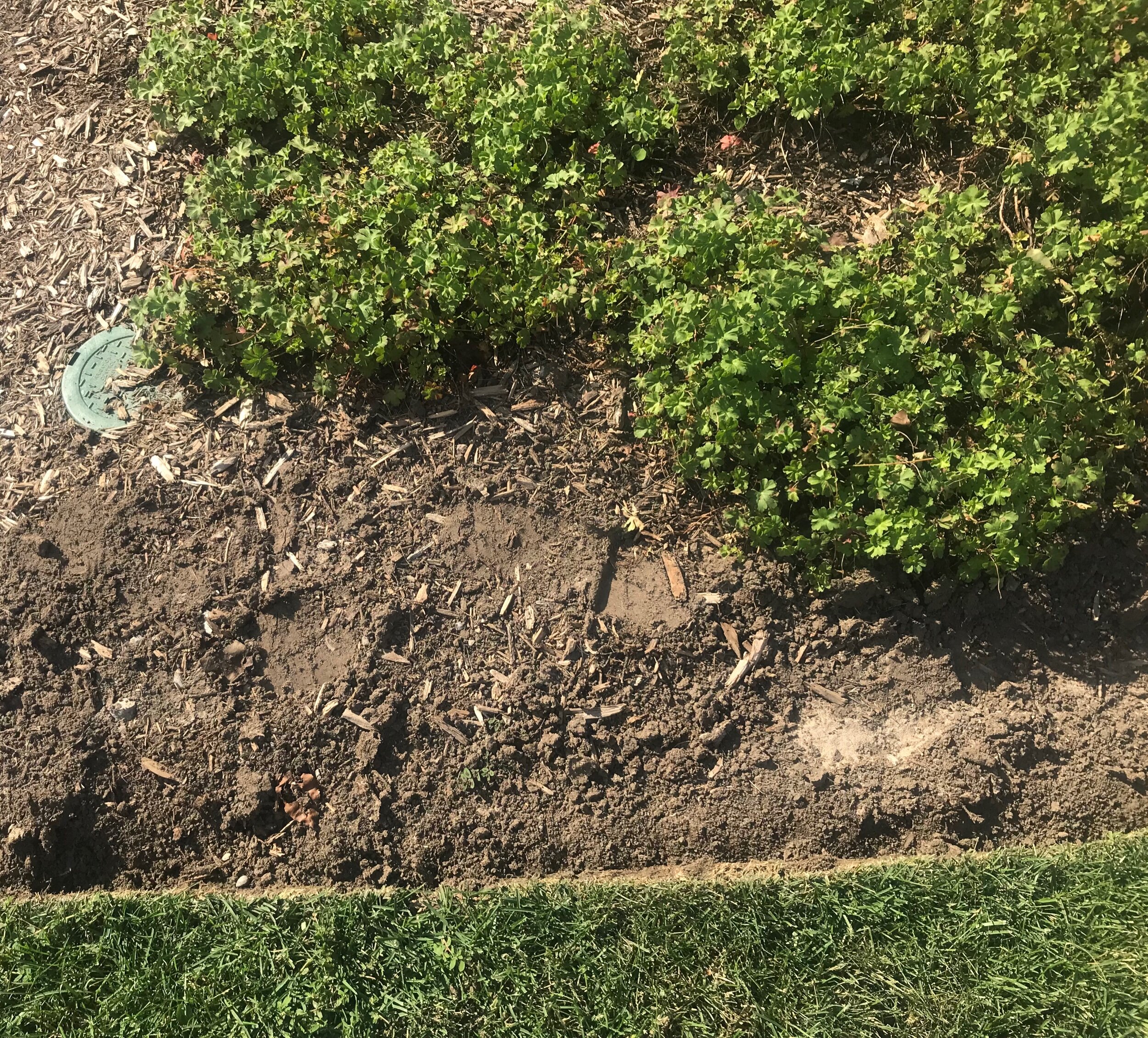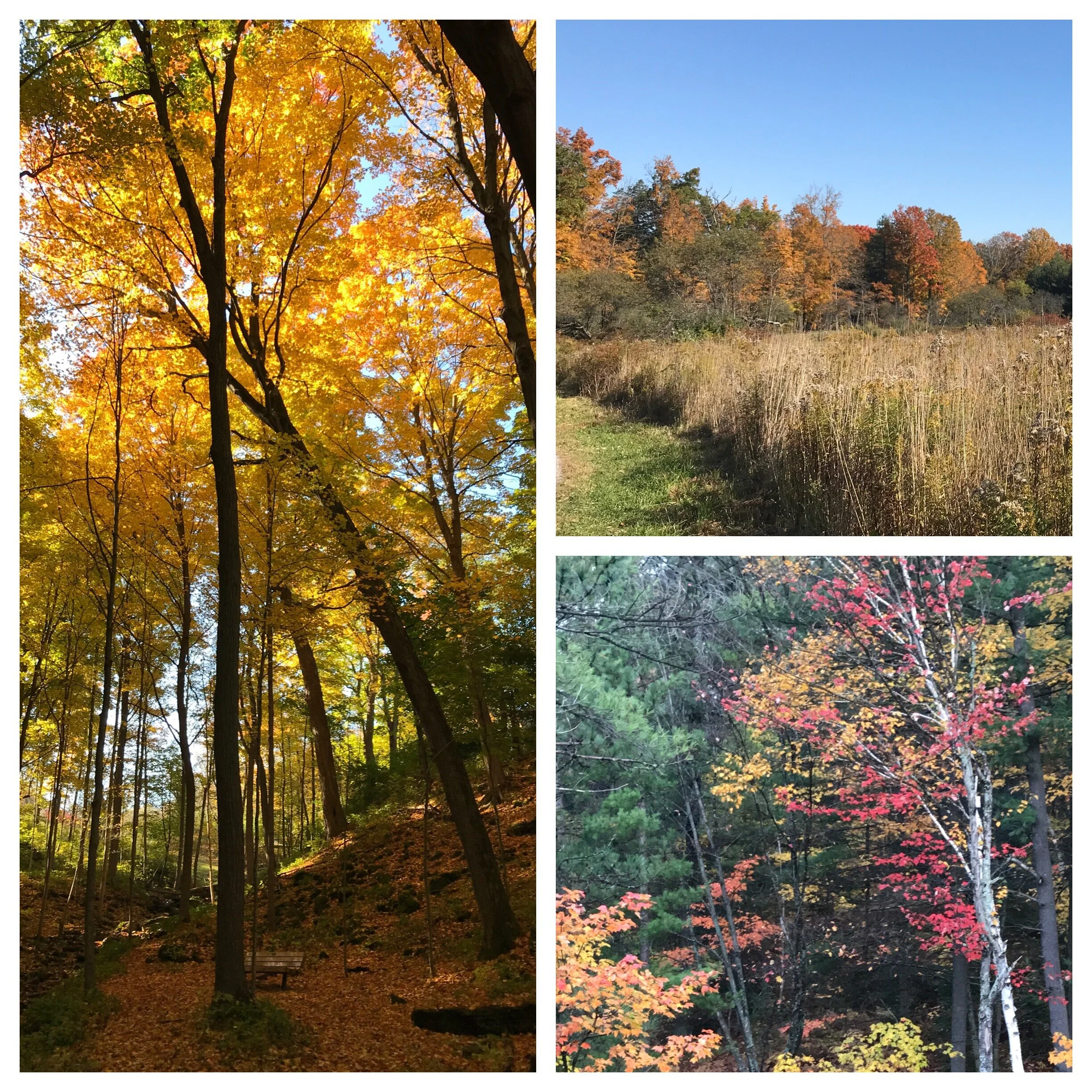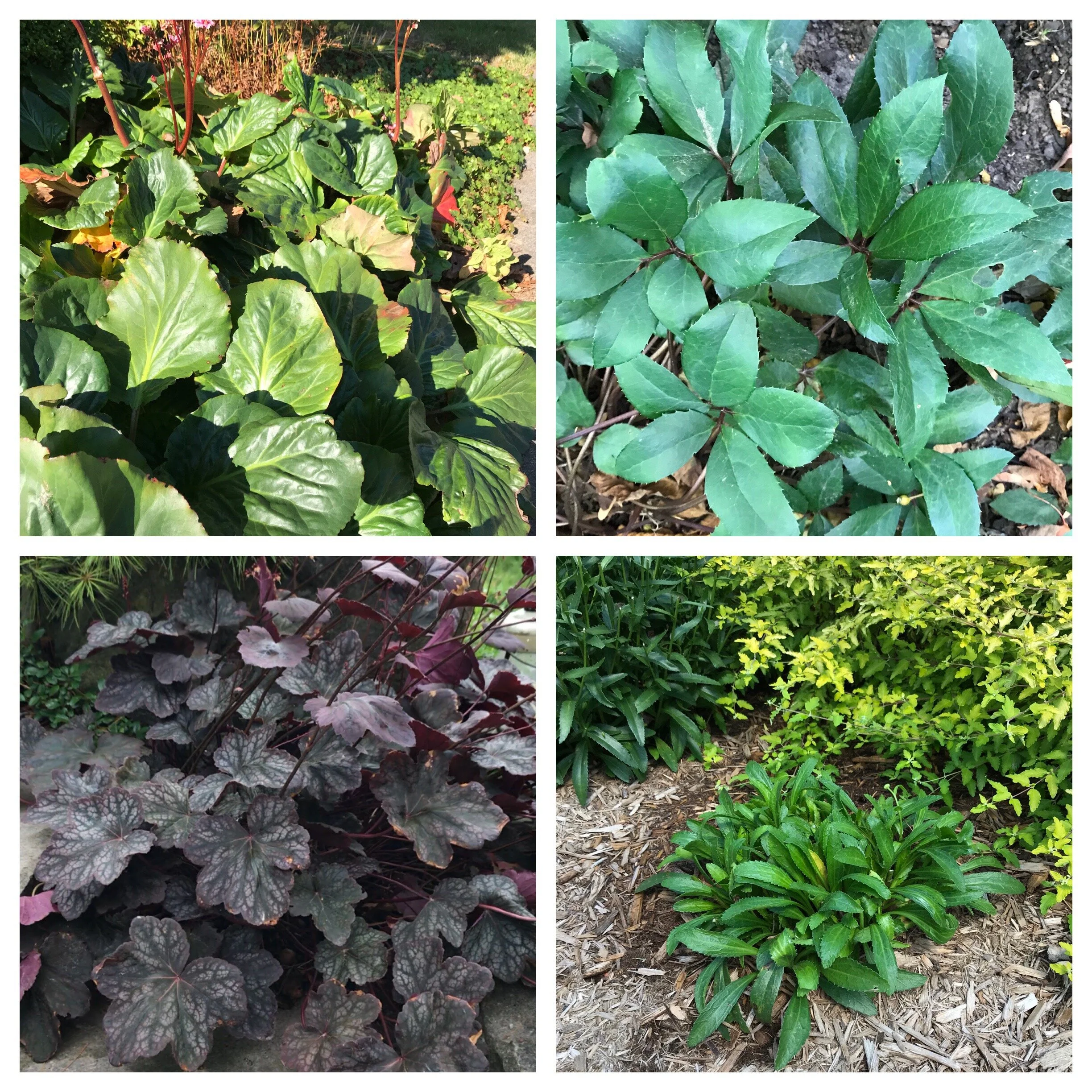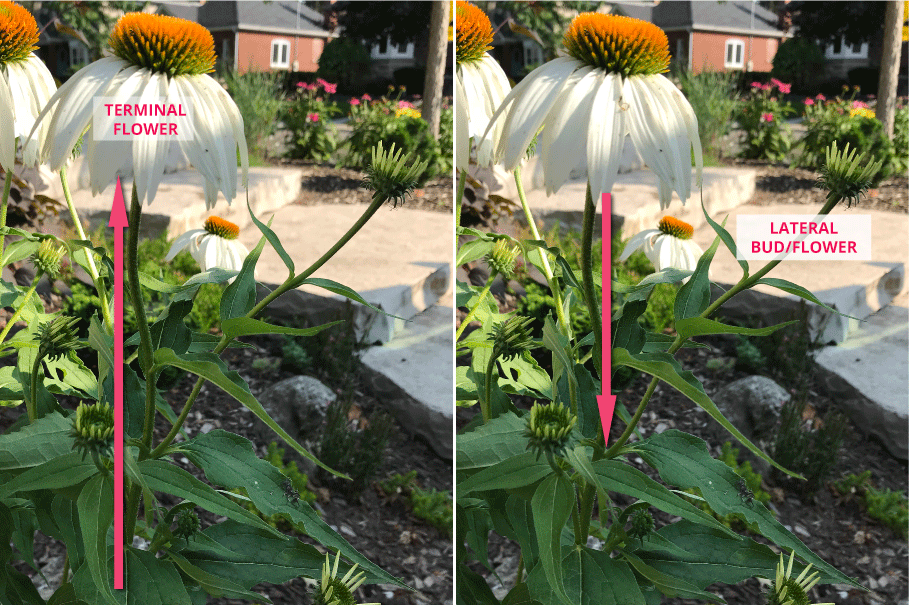I was once told by someone abroad that ‘Canadians talk in seasons’. I paused to reflect on that statement for a moment and realized it’s truth. I could think of a million ways we (‘we’ being us ‘temperate climate-folk’) refer to the cycles of nature in our every day conversations; often refering to the seasons as a point of reference as opposed to using a month.
With the Christmas season coming to a close the site of evergreen trees lying at the curb awaiting pick-up is now a common sight in urban areas. Before adding yours to the mix, take a look at your garden first. Evergreen boughs are a great way to protect tender perennials or even small shrubs from winter damage! Your tree may just serve another purpose beyond decorating your home for the holidays.
With the majority of the leaves down, fall clean-up is becoming less about ‘just getting leaves to the curb’ (or the compost pile or the leaf mulcher) and more about making the garden look tidy heading into the winter. Whether you prefer to strip your beds of leavesor keep the leaves in place over the winter, there are a few key tips that can ‘up the tidy factor’ in your fall garden..
The first snowfall is always beautiful- all our ‘winter interest plants’ are fresh and looking their best…ready to shine or more accurately sparkle, with the added snow- take it in and snap some photos! It’s a magical time of year! With that said, not all plants receive the snow with open arms- some just crumble under it’s weight…
Throughout this growing season, did you notice any perennials completely outgrowing their allotted garden space? Did you notice a perennial that grew as a ring with a big empty space in the middle of it (see photo)? Did you have a perennial that under-performed in it’s floral display? These are all signs that your perennial in question needs to be divided…
Look around your garden both now, and in the weeks ahead. Is it looking rather ‘blah’? Now take a gaze into your local woodlot or ravine… the forests are ablaze with leaves of fiery red, deep crimson, clear yellow, and spectacular orange...
The gardening season is progressing at an alarming rate and it is hard to believe that we are now on to fall gardening tasks. At this time of year, I am often asked: “what should I cut back”? I am going to try to answer this question as concisely as possible in this post (no promises).
The crisp nights and cooler days have arrived- a sure sign that fall is around the corner. Fall is generally a time of yard work and many people become very enthusiastic to tackle outdoor chores. While there is certainly lots to do before the snow flies, pruning is the one task that we want to minimize at this time of year.
We are in the dog days of summer and while it may seem like our gardening ‘to do’ list is virtually complete, there are certainly tasks to be done! This point in the growing season is a great time to address excessive growth and keep things in check.
Another main deadheading technique that gardeners use is deadheading to a lateral bud/flower. This technique is really easy, once you know what you are looking for. So let’s start with the basics… what on earth is a lateral bud or flower?!
We are still in the thick of summer deadheading- the constant attempt to tidy perennials, prolong their bloom or encourage a repeat bloom (depending on the perennial). If you like non-precise gardening tasks, this type of deadheading is for you!
So I was going to make my next post about deadheading but I stumbled upon something today that really up’d the cool factor (in an incredibly geeky sort of way). Garden pests. It is a love hate relationship for most gardeners…
Well the time has come for daylilies (Hemerocallis spp.) to shine…blooms of all sorts of colours rising above their grassy foliage. Then, just as quickly as they begin to shine, they start to ‘un-shine’ (if this is not a word, I would like to propose it as a new one).






























